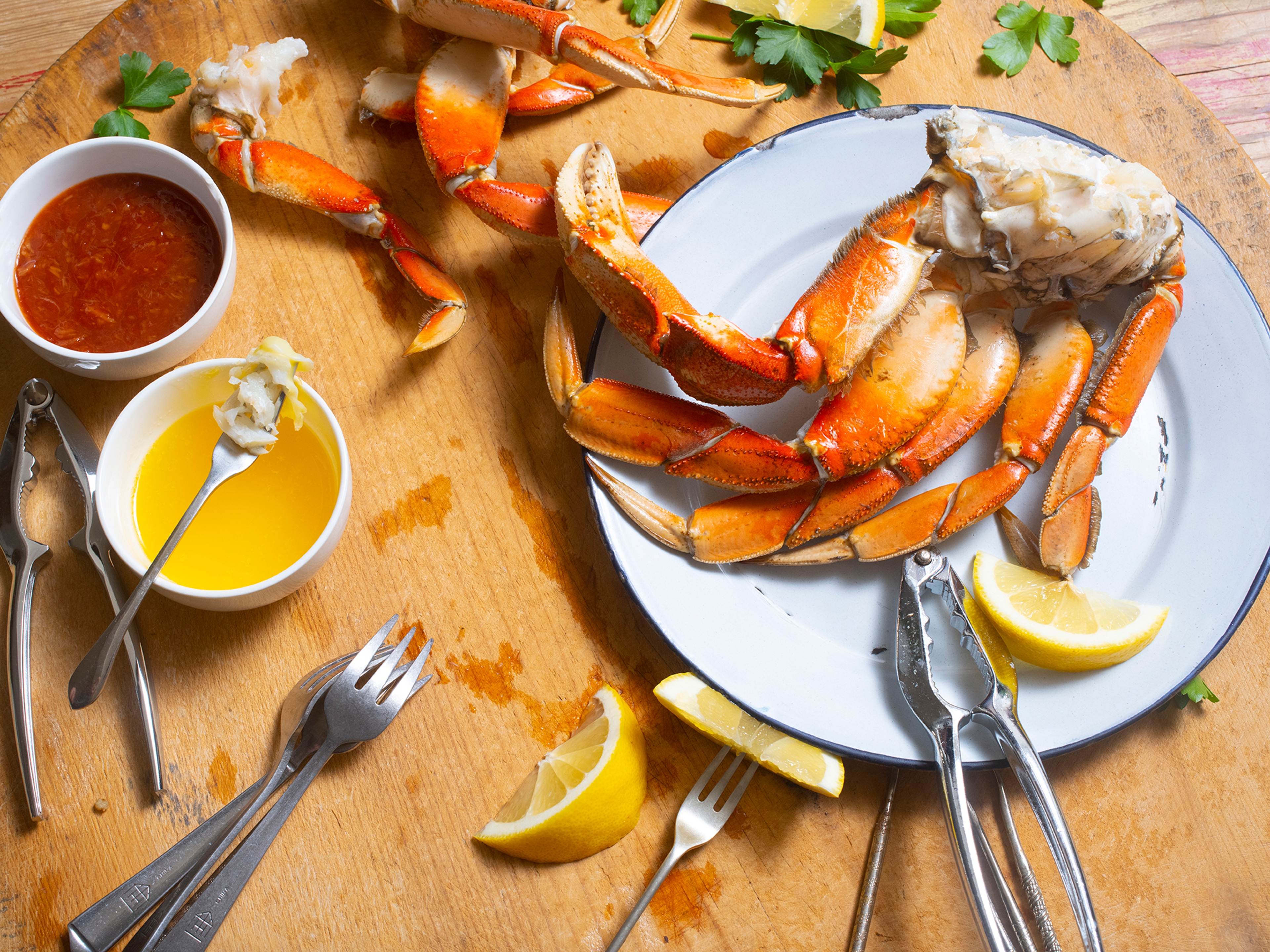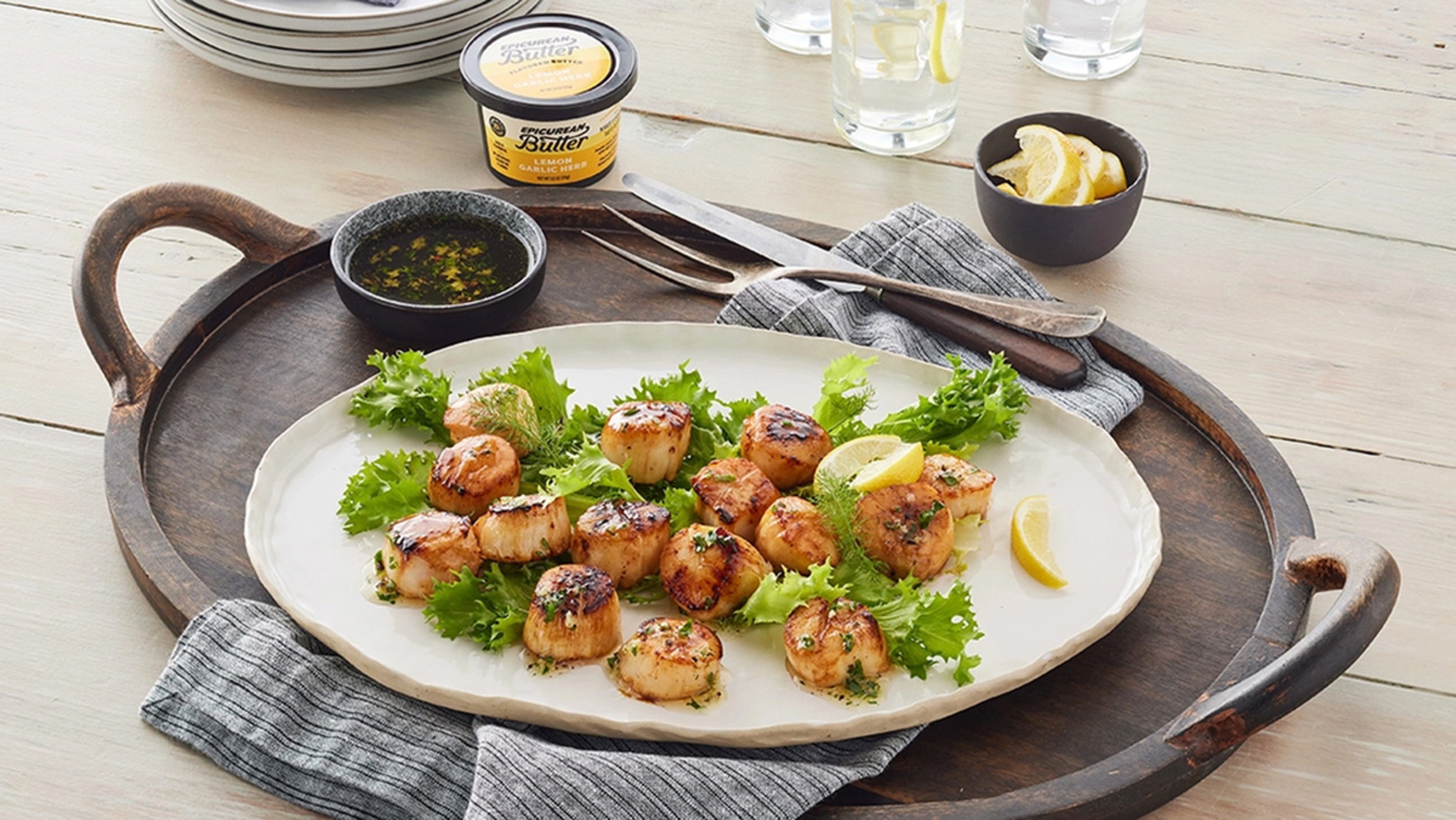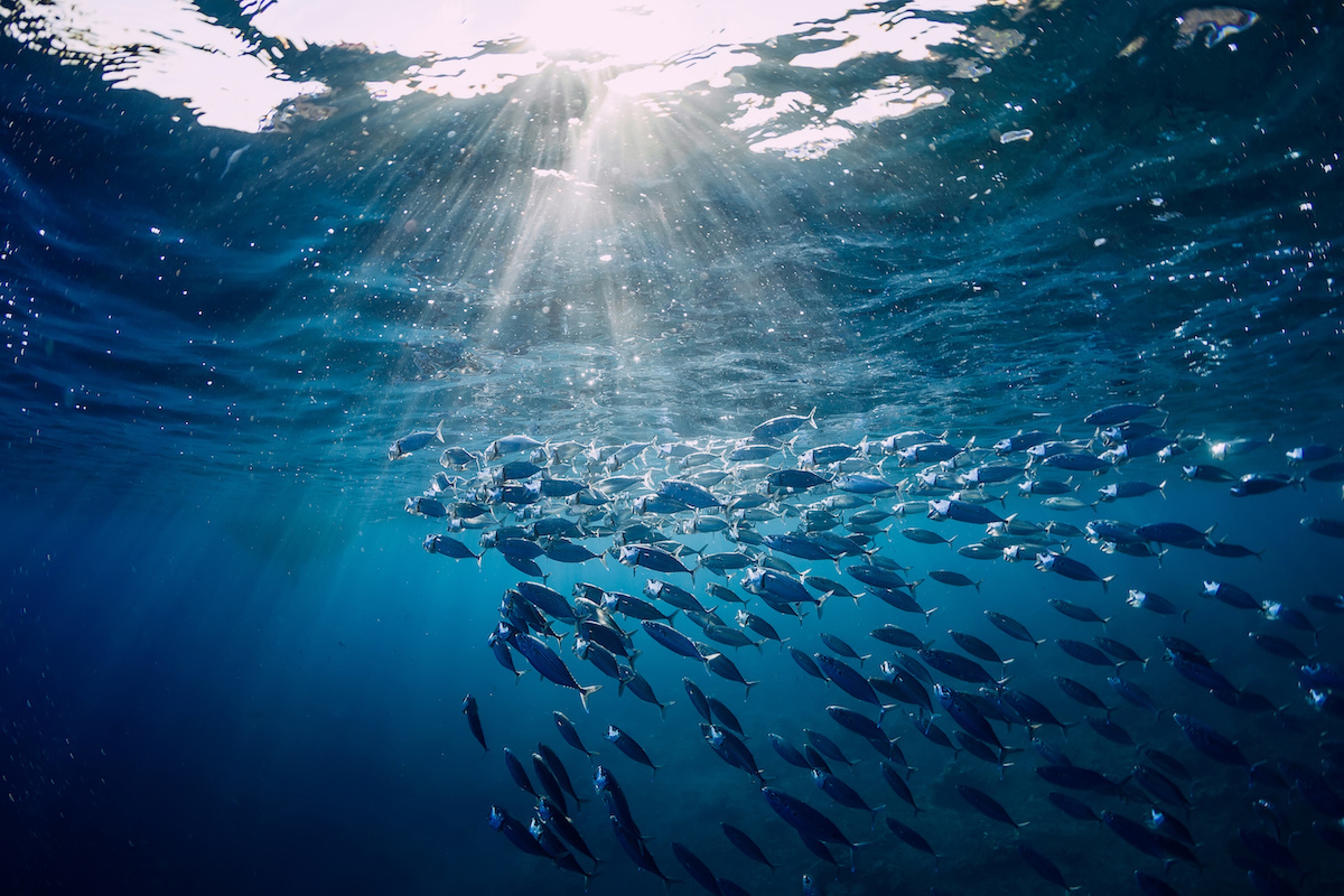All Your Questions About Crab, Answered
Learn more about the kings and queens of the seas.
Nov 12, 2024
Crabs are cool — I mean, really cool. These compelling crustaceans have been around for 200 million years (as long as dinosaurs!), so they’ve learned a thing or two along the way. From their peculiar sideways shuffle to their remarkable regenerative abilities, there’s a lot to learn about these delightful decapods. So let’s dive in!
What is a decapod?
Decapods are an order of crustaceans that includes crabs, lobsters, crayfish, shrimp, and prawns. The presence of five pairs of thoracic legs is the basis for the name “decapod,” which comes from the Greek meaning “10 legs.” Most decapods are scavengers.
What are the different types of crab?
There are over 7,000 species of crab, but most of them won’t end up on your dinner plate. We really only eat six varieties of crab: blue crab, king crab, snow crab, Dungeness crab, stone crab, and peekytoe crab.
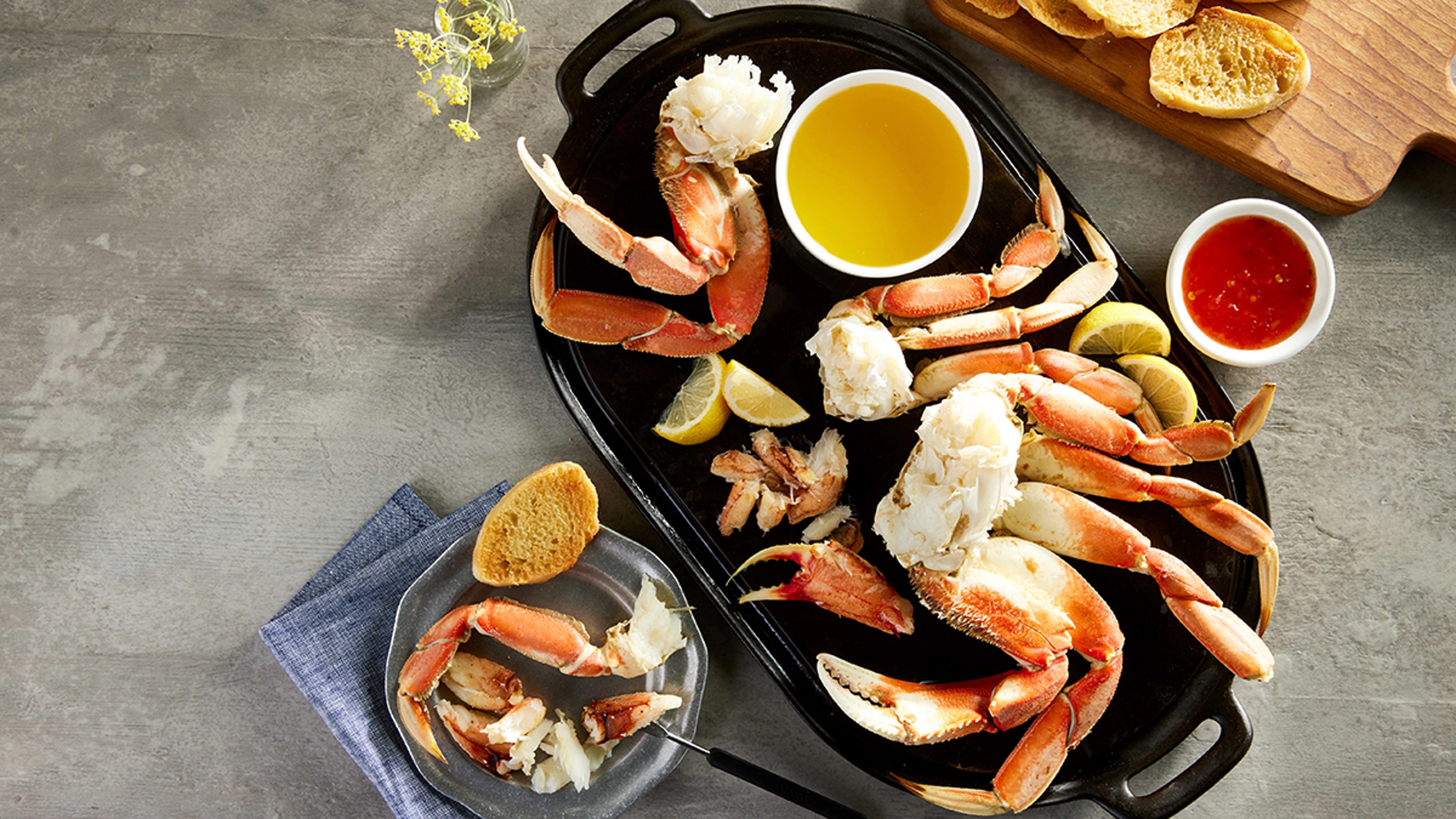
How big is each crab?
Crabs vary in size, from the smallest pea crabs, which measure between 0.27 and 0.47 inches wide, to the largest Japanese spider crabs, which can measure more than 13 feet across.
What’s the world’s largest crab?
The world’s largest crab ever caught was a Japanese spider crab nicknamed “Big Daddy,” after the British professional wrestler. “Big Daddy” measured 10 feet wide and had legs that were 4 feet long. He was originally due to be killed at a Japanese fish market but was rescued and transported to England, where he lived to be 80 years old.
What’s the best way to eat a crab?
Just as with its relative the lobster, eating crab is a multi-step process, and it can get messy, so don’t forget your bib.
Step 1: Open the crab by removing the top of the crab's shell.
Step 2: Clean the inside with a crab knife or your finger.
Step 3: Break the crab in half, and use your fingers or a fork to remove the meat from the shell.
Step 4: Eat the delicious crab meat! (I love step four.)
Where do crabs come from?
Crabs can be found in all of the world’s oceans as well as in freshwater. Some crabs even live on land!
Why are blue crabs, well, blue?
The blue crab’s shell, which is called the “carapace,” is blue mainly from the blue pigment alpha-crustacyanin and the red pigment astaxanthin (which is found in salmon). When blue crabs are cooked, the heat deactivates the blue pigment, causing the crab to turn red.
Is there any part (besides the shell) of the crab that’s not edible?
Thankfully, nearly every part of a crab can be eaten, with one exception: the lungs or gills, aka “The Devil’s Fingers.” Despite the myth that they’re harmful to eat, crab lungs are not inherently toxic. The real reason to steer clear of them is that they just don't taste good. Crab lungs are firm and chewy, with a bitter flavor that no amount of seasoning can improve.
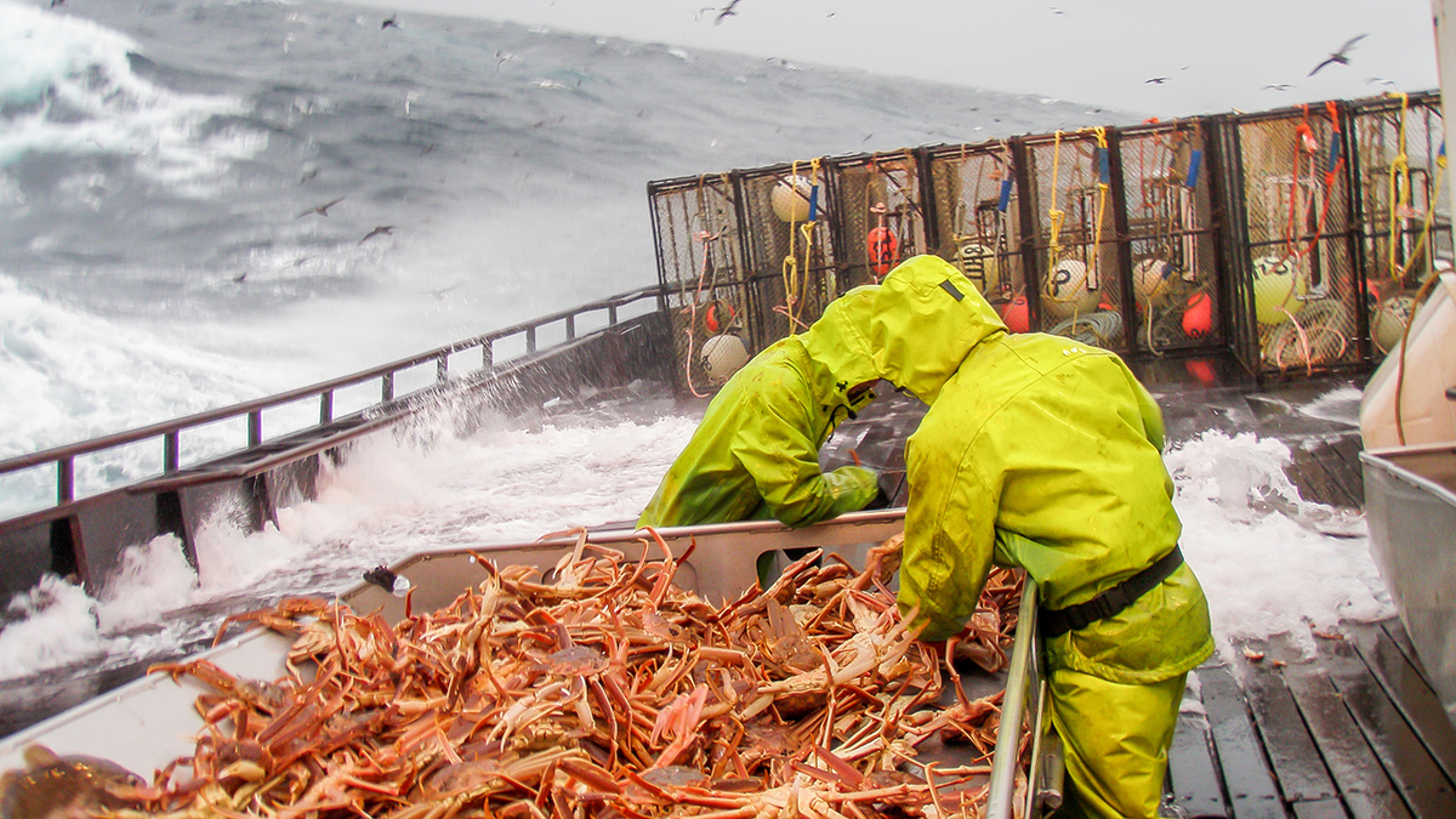
Can you eat the crab shells?
Yes, but only when they’re soft. Contrary to popular belief, soft-shell crabs are not a species of crab but rather regular hard-shell crabs that are currently molting, the process by which crabs shed their old shells and grow new ones.
Blue crab is the most common soft-shell crab you'll see on a menu in America. That’s because the fishing industry can predict when this species will molt (mostly in spring and summer) and, therefore, catch it in bulk at just the right time.
Is there a crab season?
The answer is, well, sort of…
The primary crab season runs from October to January, when crabs tend to be at their largest and populations their highest (after the crabs spawn). However, that can change. Some of the largest crab-producing states, such as Alaska and Maine, have seasons that last until early spring, whereas southern states, such as Florida and South Carolina, have a year-round crab season. Maryland, a state renowned for its crab, has a crabbing season that starts in April and ends in December.
Where does the word “Dungeness” come from?
The word “Dungeness” derives from the small fishing village of Dungeness, located on the Strait of Juan de Fuca in Washington state. The area is known as the capital of the world for the namesake crab, with over 1.5 million pounds of Dungeness crabs caught in the Evergreen State annually. Also interesting to note, 99% of all Dungeness crabs are caught in the United States.
What kind of nutrition do crabs have?
Crabs are packed with protein, which is important for building and maintaining muscle. They also contain high levels of omega-3 fatty acids, which benefit heart and brain health, and vitamin B12, which helps reduce the risk of vitamin deficiency. Crab also is a much higher source of selenium,which helps boost your immune system, than other fish and seafood. .
How do you thaw frozen crab?
The safest way to thaw frozen crab is to place it in the refrigerator for about 48 hours. However, if you’re in a hurry to get that crab inside your belly, you can place the crab in a sealed bag and submerge it in a bowl of cold water for 30 to 45 minutes.
If there's a king crab, is there also a queen crab?
There is indeed a queen crab: She’s got really long legs…and knows how to use them! Queen crabs, aka snow crabs, are smaller than king crabs but still impressive in size, which is how they got their name. Queen crabs generally weigh between 5 and 7 pounds and, when not harvested, can live for 20 years.
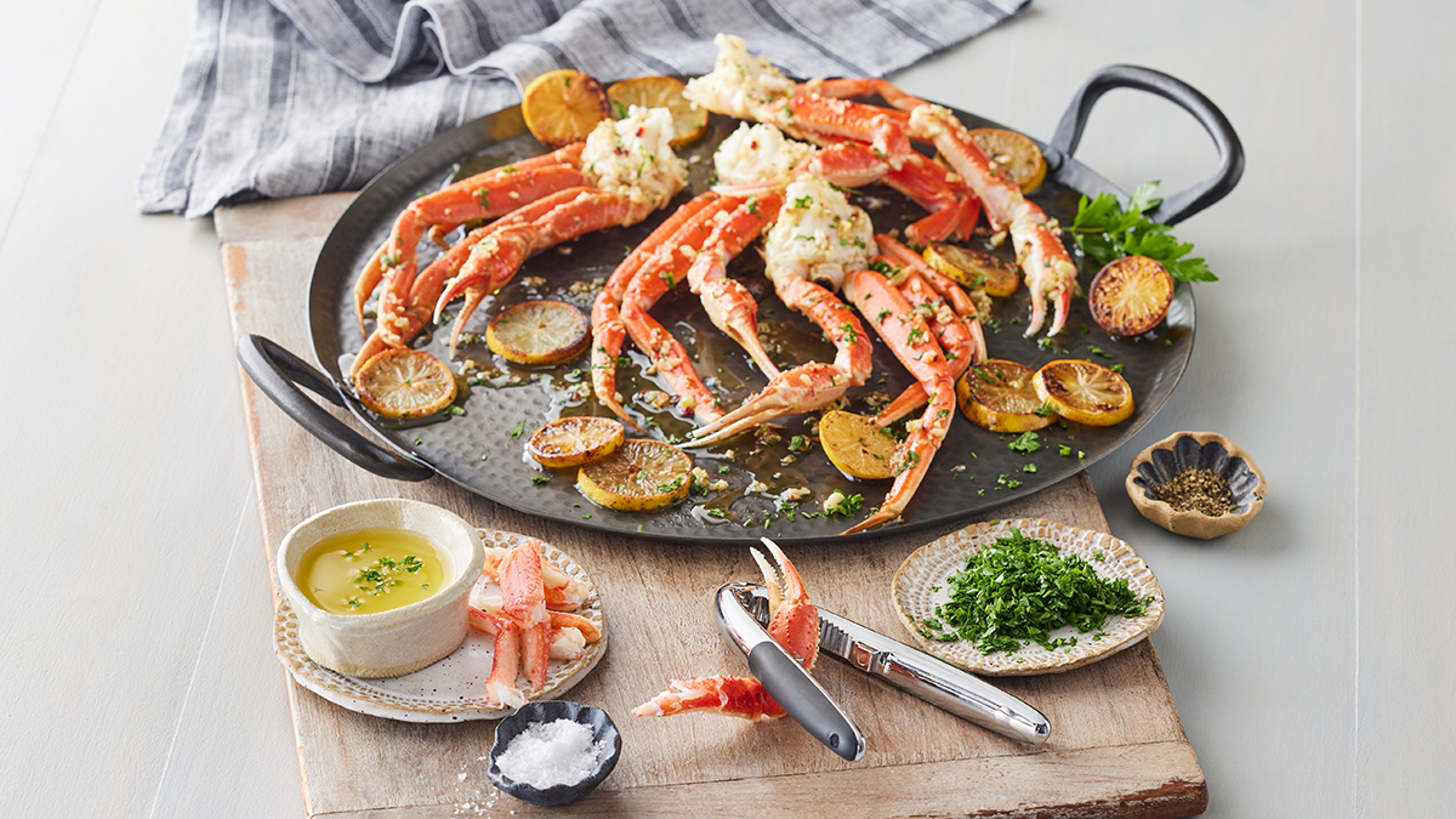
Why do crabs walk sideways?
Crabs walk sideways for a very practical reason: It’s more efficient. Crabs have stiff, jointed legs that are attached to the side of their body. Their joints, unlike human knees, bend outward, making it easier and faster to move sideways.
What’s the deal with crabs and regeneration?
In what feels straight out of science fiction, crabs can actually regenerate body parts by using stem cells that can differentiate into bone, muscle, nerves, and skin. Regeneration is a defense mechanism that helps crabs survive predation. After a crab loses a limb, it grows a new limb bud from the breakpoint before molting. At first, the new limb is smaller than the others, but after several molts, the new limb fully regenerates.
Is fishing for crab really considered the “deadliest catch”?
Yes, fishing for crab, particularly Alaskan king crab, is widely considered one of the most dangerous jobs in the world due to the extremely hazardous conditions in the Bering Sea during crab fishing season. Job hazards such as extreme weather conditions, working with heavy machinery, and high risk of drowning give Alaskan king crab fishing a fatality rate significantly higher than that of the average commercial fishing job.

